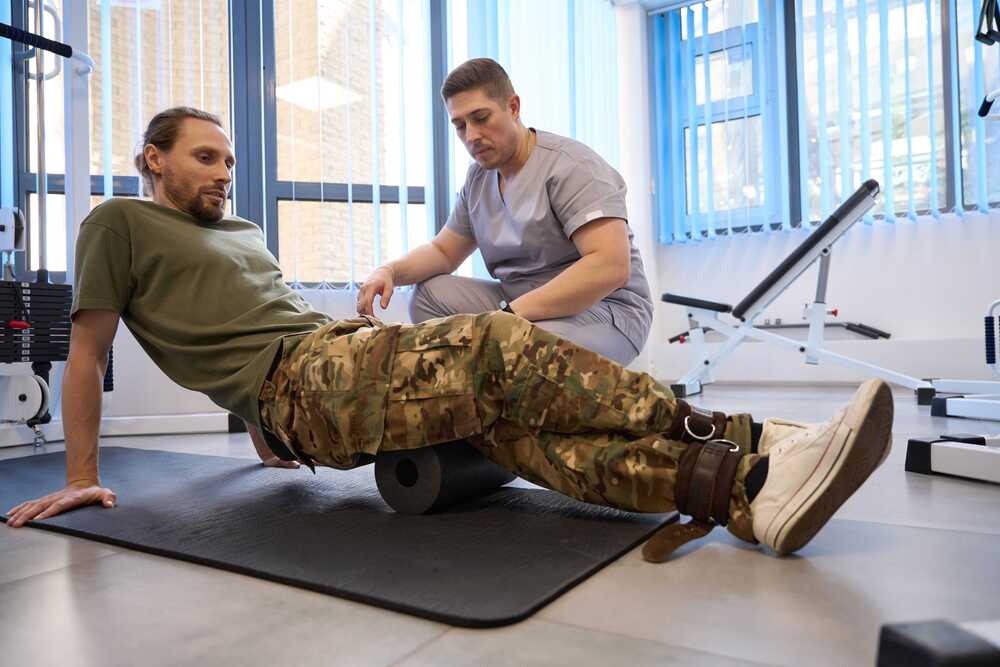Postural Restoration focuses on addressing postural and musculoskeletal imbalances to improve movement, alleviate pain, and enhance overall well-being. Postural Restoration is based on the premise that the human body is inherently asymmetrical, and these natural imbalances can lead to various health issues and discomfort.
Key principles and concepts of Postural Restoration include:
Postural Restoration places a strong emphasis on the position of the pelvis, considering it a critical factor in overall postural and musculoskeletal health. Proper pelvic alignment is thought to be essential for balanced posture and movement.

The approach recognizes that the human body is naturally asymmetrical, with differences between the left and right sides. These inherent asymmetries can lead to imbalances and compensations in posture and movement.
Postural Restoration emphasizes the importance of diaphragmatic breathing, which is the primary muscle used for inhalation. Proper diaphragmatic breathing is believed to be essential for maintaining postural control and reducing musculoskeletal stress.
This component of Postural Restoration focuses on addressing musculoskeletal imbalances in the lower extremities, particularly the pelvis and hip joint. By addressing these imbalances, the approach aims to improve posture and function.
This component addresses the relationship between the head and neck with the rest of the body. It aims to address imbalances in the neck and jaw that can contribute to pain and dysfunction.
Postural Restoration often includes specific exercises and activities designed to retrain the body’s postural and movement patterns. These exercises are aimed at restoring proper alignment and function.
Physical therapists and healthcare providers practicing Postural Restoration may use manual techniques to address musculoskeletal imbalances, release tight muscles, and improve joint mobility.
The ultimate goal of Postural Restoration is to restore balance and proper alignment in the body, reduce pain and discomfort, and enhance overall well-being. This approach is often used to address a wide range of conditions, including chronic pain, musculoskeletal issues, and sports-related injuries. It’s important to work with a physical therapist who is trained in Postural Restoration to receive a proper assessment and develop an individualized treatment plan.
FREE PHONE CONSULTATION: (651) 275-4706